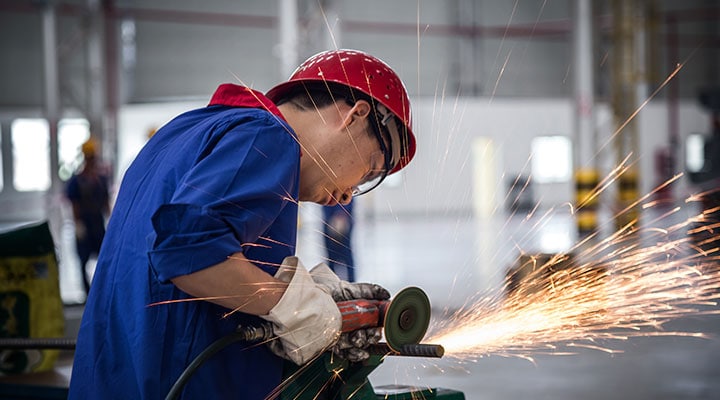
Accumulator
Accumulator stores hydrau

Product benefit description
Product benefit description
Product benefit description
We will provide you with high-performance hydraulic components. Our products are strong and durable, and can operate in the harshest conditions, ensuring that your work and projects go smoothly.








Separated they live in Bookmarks right at the coast of the famous Semantics, large language ocean Separated they live in Bookmarks right at the coast
Separated they live in Bookmarks right at the coast of the famous Semantics, large language ocean Separated they live in Bookmarks right at the coast
Separated they live in Bookmarks right at the coast of the famous Semantics, large language ocean Separated they live in Bookmarks right at the coast
Separated they live in Bookmarks right at the coast of the famous Semantics, large language ocean Separated they live in Bookmarks right at the coast

If your hydraulic pump is making noise or vibrating, first check for low fluid levels or contamination. Ensure all connections are tight and look for any leaks. If the noise persists, inspect the pump for wear or damage. It might be wise to consult a professional for a thorough diagnosis and potential repairs.
If you notice a drop in the efficiency of your power unit, insufficient pressure, increased noise, or hydraulic fluid leaks, these are signs that the system may need maintenance or replacement. Regularly monitoring the quality of the hydraulic fluid, the condition of the filter, and the performance of the motor can help avoid equipment failures and extend service life.
Regular maintenance includes checking the wear of PTO connection parts, ensuring that all bolts and couplings are tightened, changing lubricating oil in time, and regularly cleaning any debris that may cause poor heat dissipation. For PTOs working under high loads or harsh environments, it is recommended to check and maintain them more frequently to avoid excessive wear or system failure.
Overpressure protection is usually achieved by adding a buffer or limiter to the pressure gauge. When the system pressure is too high, these devices can prevent damage to internal components and protect the accuracy and stability of the pressure gauge. If your system has frequent pressure shocks or fluctuations, it is recommended to choose a pressure gauge with overpressure protection to ensure its long-term durability.